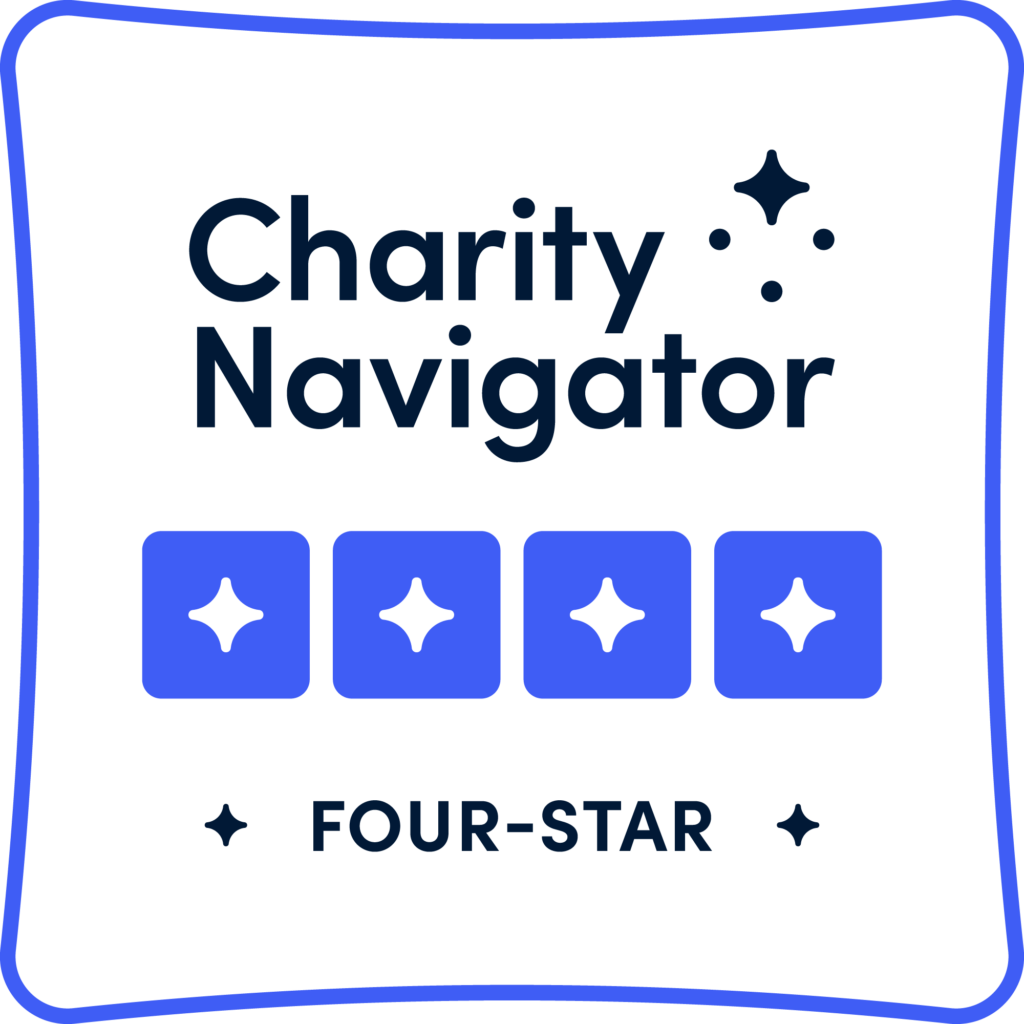Artificial Feeding
When a person cannot consume food or liquids orally, there are a number of different methods to administer artificial nutrition and hydration.
Some key terms and methods of artificial feeding include:
- Subcutaneous (SQ): Insertion of fluids, medications, and nutrients beneath the skin either by injection or infusion.
- Intravenous (IV): Fluids, medications and nutrients are administered directly into a person’s vein.
- Parenteral nutrition (PN): A customized chemical formula administered intravenously to bypass the digestive tract entirely. It provides different amounts of water, carbohydrates, proteins, fats, vitamins and minerals. PN can supply part of one’s nutrition (Partial PN, or PPN) or all of one’s nutrition (Total PN, or TPN).
- NG (nasogastric) tube: Feeding tube that’s inserted through your nose into one’s stomach to deliver substances such as food or medications to your stomach and/or to draw substances out.
- PEG (percutaneous endoscopic gastrostomy) tube: Feeding tube allows one to receive nutrition directly through their stomach (sometimes also referred to as a “G tube”).
Artificial nutrition and hydration (ANH) were originally developed to provide short-term support for patients who were acutely ill. It offers many benefits in the settings of acute, reversible illness, or as a component of chronic disease management.
ANH can prolong life and sometimes reverse a downward trajectory and restore a person’s health. However, for patients near the end of life who are suffering from an incurable illness, it can sometimes lead to medical complications and increase discomfort. Patients nearing the end of life tend not to need many calories and thus often lose their appetite or have difficulty intaking nutrition. There may also be clinical indications that the body can no longer tolerate nutrition and/or hydration, and this may lead to the food not being absorbed or causing dangerous infections For these reasons, the current dominant medical approach views ANH as a medical treatment that should be withheld or withdrawn when not medically advisable.
Within Jewish law, there are two major approaches to artificial feeding:
i) Nutrition and hydration are natural necessities, not medical treatments. They should almost never be withdrawn or withheld since this might hasten death. As such, we should encourage patients to accept them. The major exception to this rule are cases when ANH is causing medical complications, as discussed below.
ii) ANH is a medical treatment. It may be withheld when the patient is suffering, may have begun the dying process with a limited time to live, and no longer wants interventive treatments. Focus should be on providing comfort care, including minimal hydration, either through an IV drip or with menthol swabs or ice chips (when possible).
Even according to the first approach, there are times when ANH might not be required:
- Patient Refusal: The patient absolutely refuses to accept artificial feedings. They should not be forced to accept ANH, and coercive measures, like tying down their hands to prevent them from pulling out tubes, should not be utilized.
- Frailness: The body is too frail for any invasive procedures like inserting an NG tube or PEG tube, making the risk of infections and other side-effects too great. Less invasive methods may be utilized in those circumstances.
- Medical Contraindication: ANH is harming the patient and increasing their discomfort. This might include blood clots, fluid overload, choking, electrolyte imbalances, or infections.
- Very Limited Life Expectancy: When the prognosis indicates only several days of survival (such as less than two weeks) and the patient is suffering, nutrition (but not hydration) may be withheld. This will avoid complications from artificial nutrition (like infections) that isn’t necessary to maintain a patient with that prognosis. Since the patient has no chance of survival and is suffering, it is permissible to allow intravenous administration of concentrated nutrients (TPN) to run out and reduce intravenous nourishments to water and sugar (glucose and electrolytes). Once again, the goal is to reduce risks of infections and other complications while maintaining palliative care and basic nourishment.
Given the complexities of these cases, Ematai makes the following two recommendations about artificial feeding:
- Before an acute crisis occurs, people should discuss with their proxy, close family and friends, caretakers, rabbi, and healthcare providers their general preferences regarding end-of-life care interventions. Ematai’s conversation guide is meant to facilitate those discussions.
- Before any key decision is made, a group conversation should be held with the patient (when possible), their proxy and close family members, the primary healthcare provider, and one’s rabbi. Ematai’s hotline is always available for consultation.





